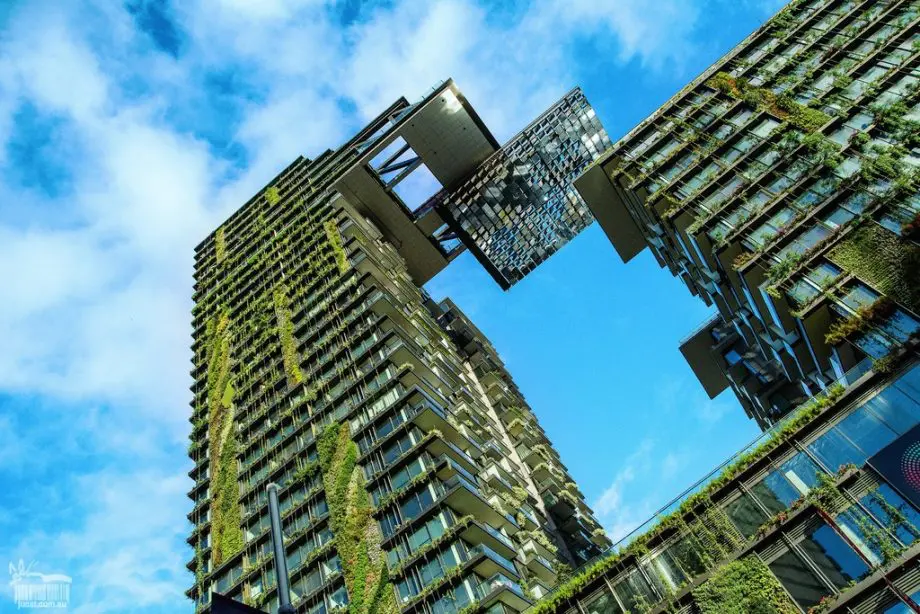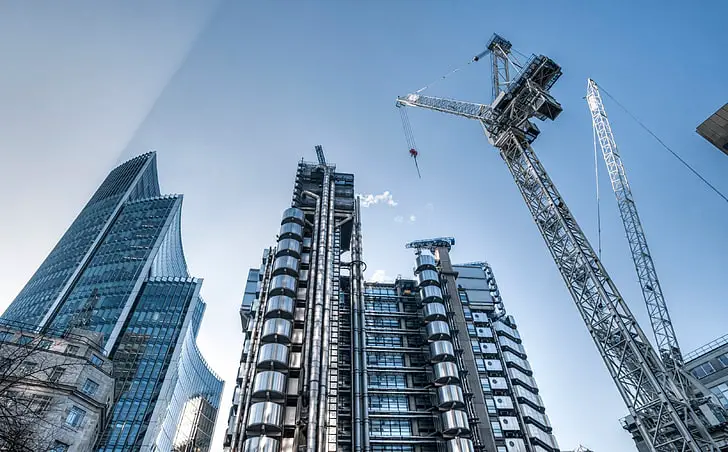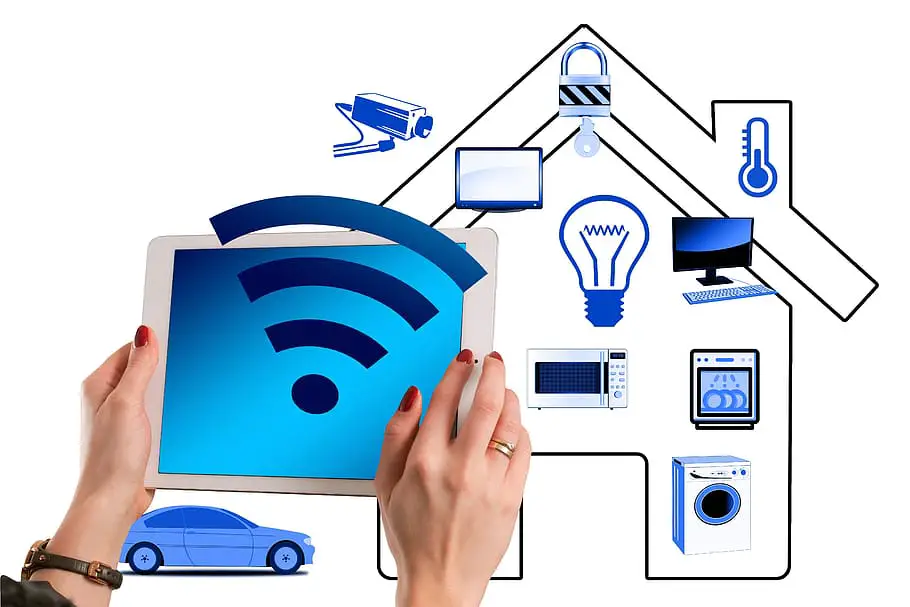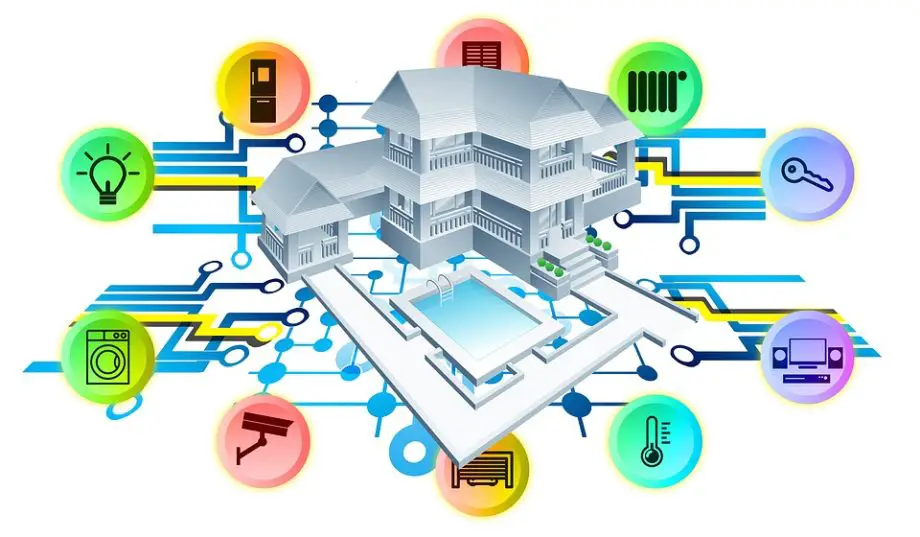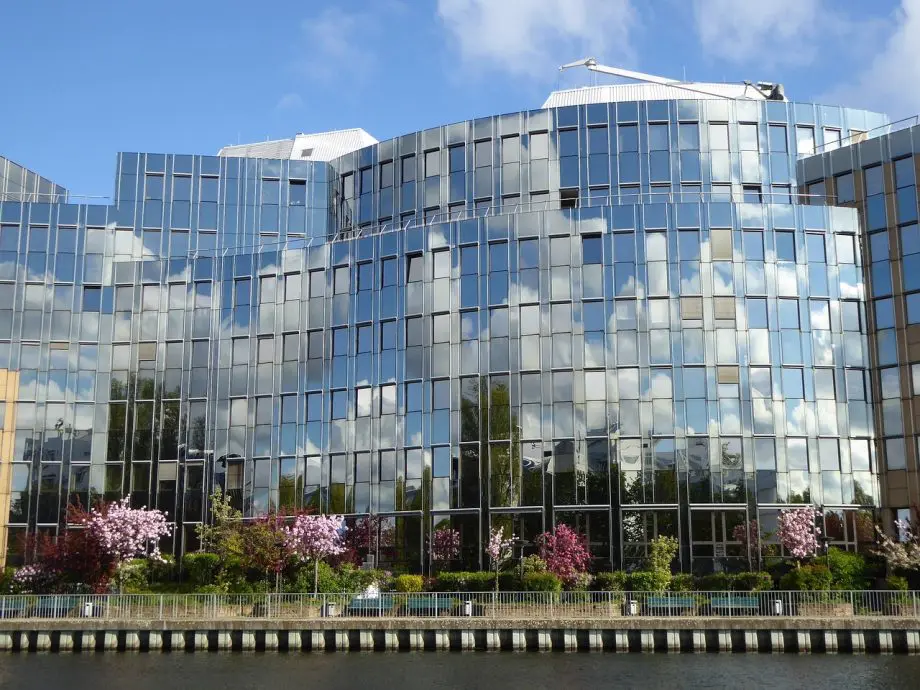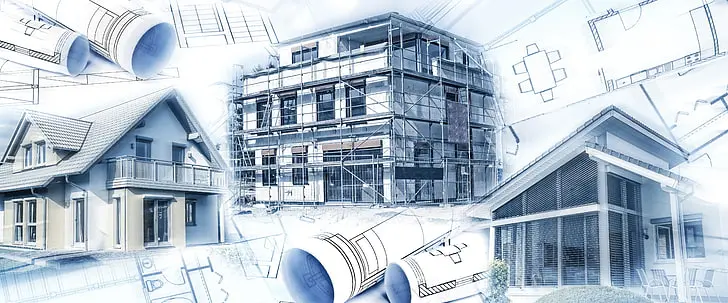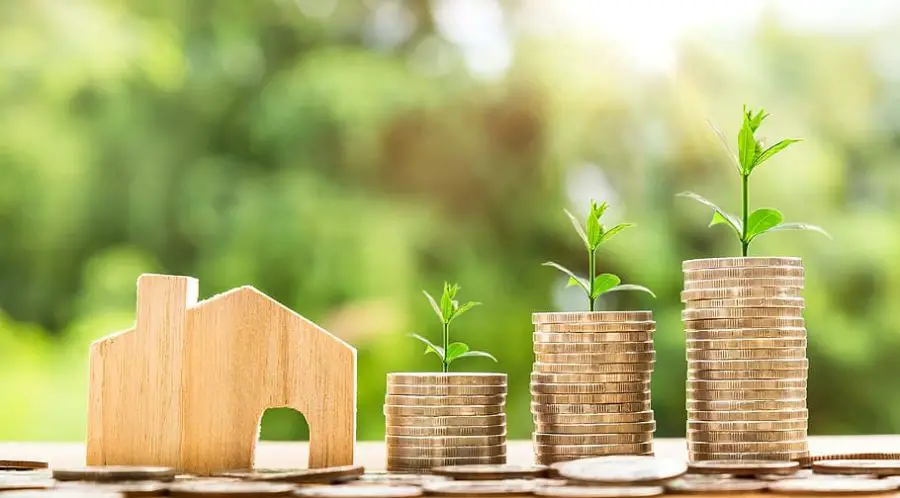
Discover the economic benefits of green building! Save on energy, boost productivity, and contribute to a healthier planet. It’s a win-win for all!
Ever wondered about the economic benefits of green building? It’s not just about being kind to our planet, it’s also a smart financial move.
Green buildings are designed to save energy, reduce costs, and create healthier living and working environments.
They’re not just buildings, they’re investments in our future. So, let’s dive in and explore how going green can put some green back in your pocket!
The Economic Benefits of Green Building
Welcome to a journey exploring the economic benefits of green building.
This isn’t just about bricks and mortar; it’s about sustainable development, energy cost savings, and a healthier lifestyle.
In this post, we’ll delve into how green buildings conserve energy, reduce operating costs, and enhance occupant efficiency.
We’ll also touch on their role in job creation and economic contribution.
Ready to discover how green buildings are shaping our world and our wallets? Let’s get started!
Definition of Green Building
Let’s start with the basics. What exactly is a green building? Well, it’s more than just a structure with a few eco-friendly features.
A green building, at its core, is designed with the environment in mind.
It’s a building that efficiently uses resources like energy, water, and materials while reducing waste, pollution, and natural environment degradation.
It’s not just about the building itself, but also about the process from design and construction to operation and maintenance.
It’s a holistic approach to construction that considers the building’s entire lifecycle.
Importance of Green Building
Now that we’ve defined what a green building is, let’s talk about why it’s important.
The benefits of green building go beyond the environment. Sure, they play a significant role in reducing our carbon footprint, but the perks don’t stop there.
Green sustainable buildings are also economically savvy. They can save money in the long run through energy efficiency and lower operating costs.
Plus, they offer a healthier and more comfortable living and working environment, which can lead to increased productivity.
In a world where sustainability is becoming more and more crucial, green buildings are a step in the right direction.
They’re not just a trend. They’re the future of construction.
Economic Benefits of Green Building
Alright, now that we’ve got a good grasp on what green building is and why it’s important, let’s delve into the heart of the matter namely the economic benefits.
You might be thinking, ‘Sure, green buildings are great for the environment, but do they really make financial sense?’
The answer is a resounding yes! From energy consumption savings to job creation, green buildings are not just eco-friendly, they’re also economically smart.
So, let’s roll up our sleeves and dive into the economic advantages of going green in the building industry.
1. Less Energy Usage
How Green Buildings Conserve Energy
Let’s start with one of the most significant benefits of green buildings, energy conservation.
Green buildings are designed to be energy-efficient from the ground up.
They use high-quality insulation, energy-efficient windows, and smart designs that take advantage of natural light and heat.
They also often incorporate renewable energy sources like solar panels.
All these features work together to reduce the amount of energy needed to heat, cool, and power the building.
Impact on Energy Bills
And what does this energy conservation mean for you? Well, it directly translates into savings on your energy costs.
Imagine the positive impact of cutting your heating and cooling costs by a significant percentage. That’s what green buildings can do.
Over time, these savings can add up to a substantial amount, making the upfront investment in green building well worth it.
2. Decreased Operating Costs
Cost-Efficiency of Green Buildings
Beyond energy savings, green buildings also offer other cost efficiencies.
They’re designed to use water more efficiently, which can reduce water bills.
They also often use durable, long-lasting materials that require less maintenance and replacement over time.
Long-Term Savings
These efficiencies result in decreased operating costs over the building’s lifetime.
While green buildings might sometimes have higher upfront costs, the long-term savings they offer often more than makeup for this initial investment.
3. Enhanced Occupant Efficiency
Health Benefits for Occupants
Green buildings aren’t just good for your wallet; they’re also good for your health.
They’re designed to improve indoor air quality, reduce mold and dampness, and provide a comfortable and healthy indoor environment.
This can lead to fewer health problems for occupants and a better quality of life.
Increased Productivity
And it’s not just about physical health. A comfortable, healthy environment can also lead to increased productivity.
Studies have shown that people who work or live in green buildings often report higher levels of satisfaction and productivity.
4. Job Creation and Economic Contribution
Green Building and Job Market
The green building industry also plays a significant role in job creation.
From architects and engineers to construction workers and building operators, green building creates jobs at various skill levels and across different sectors.
Contribution to the Economy
And these jobs aren’t just numbers; they contribute to the economy.
The green building industry has been a significant driver of economic growth in recent years.
By investing in green building, we’re not just investing in a sustainable future; we’re also supporting economic development and job creation.
5. Increased Property Value
Green buildings often have higher property values compared to traditional buildings.
This is due to their energy efficiency, lower operating costs, and the growing demand for sustainable living and working spaces.
Potential buyers or tenants may be willing to pay a premium for the benefits that green buildings provide, making them a smart investment for property owners
Case Studies on Green Building
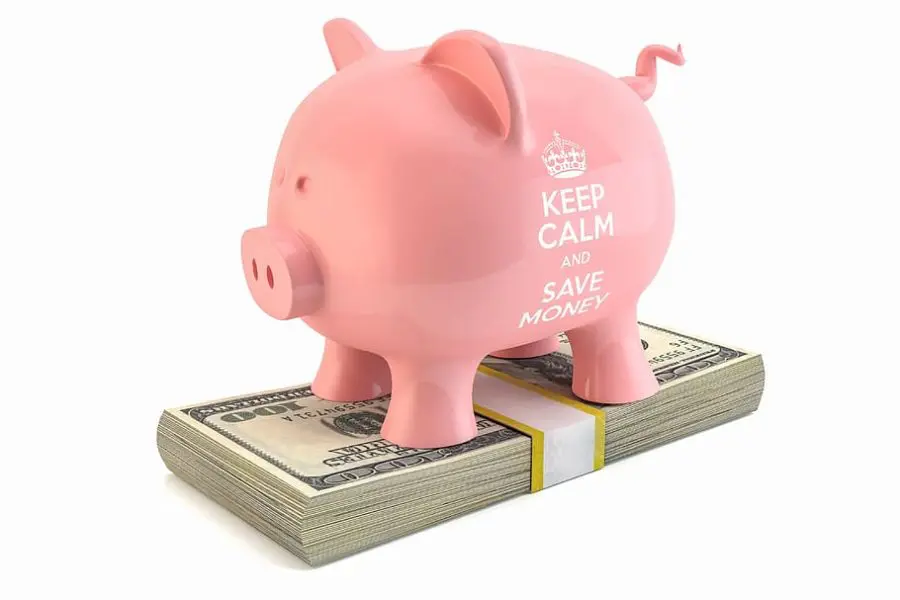
Okay, we’ve talked about the benefits of green building, but let’s get real. How do these benefits play out in the real world?
Well, you’re in luck! We’re about to dive into some case studies that showcase the economic benefits of green building in action.
From innovative green roofs to impactful economic studies, these real-life examples will give you a tangible sense of how green buildings can make a difference.
So, let’s take a closer look at green buildings in the real world!
Examples of Green Buildings
Green Roofs
Let’s start with one of the most visually striking examples of green building a green roof.
These are roofs that are covered with vegetation, which provides a range of benefits.
They can help to insulate the building, reducing the need for heating and cooling.
They can also absorb rainwater, reducing runoff and the risk of flooding.
Plus, they provide a habitat for wildlife and a pleasant space for people.
It’s like having a little piece of nature right on top of your building!
Sustainable Design Buildings
Next, let’s talk about sustainable design buildings. These are buildings that are designed from the outset to be environmentally friendly and resource-efficient.
They use features like solar panels, rainwater harvesting systems, and energy-efficient appliances.
They’re also often designed to make the best use of natural light and ventilation, reducing the need for artificial lighting and air conditioning.
These buildings are living proof that green building can be both practical and beautiful.
Economic Impact Studies
2015 U.S. Green Building Council Economic Impact Study
Now, let’s move on to some hard numbers. The 2015 U.S. Green Building Council Economic Impact Study is a comprehensive report that quantifies the economic benefits of green building.
The study found that green building is a significant economic driver, contributing billions of dollars to the U.S. economy and creating millions of jobs.
It’s a clear demonstration of the economic potential of green building.
Other Relevant Studies
There are also many other studies that highlight the economic benefits of green building.
Here is a recent study on the benefits of green building
For example, studies have shown that green buildings have a higher asset value which can increase property values, attract tenants and customers, and improve employee productivity and satisfaction.
These studies provide a wealth of evidence supporting the economic case for green building.
LEED-Certified Buildings
LEED-certified buildings are leading the way in environmentally conscious construction.
LEED, which stands for Leadership in Energy and Environmental Design, is a globally recognized certification system for green buildings.
A LEED certification signifies that a building is designed, constructed, and operated to high standards of energy efficiency, water usage, air quality, and choice of materials.
It also takes into account factors like innovation in design and the building’s overall impact on the environment.
So, when you see a building with LEED certification, you know it’s a building that’s truly green.
Real world green buildings examples with energy savings
Let’s look at a couple of real-world examples of the economic benefits of green buildings that have made significant energy savings over conventional buildings.
The Bullitt Center in Seattle

The Bullitt Center in Seattle, Washington, is often referred to as the greenest commercial building in the world.
It’s a six-story, 50,000-square-foot building that is designed to be energy neutral.
It achieves this through a combination of energy-efficient design and renewable energy generation.
The building has a large solar array on its roof that generates as much electricity as the building uses over the course of a year.
It also uses energy-efficient appliances and systems, and it’s designed to maximize natural light and ventilation and lower maintenance costs.
The Bank of America Tower in New York City
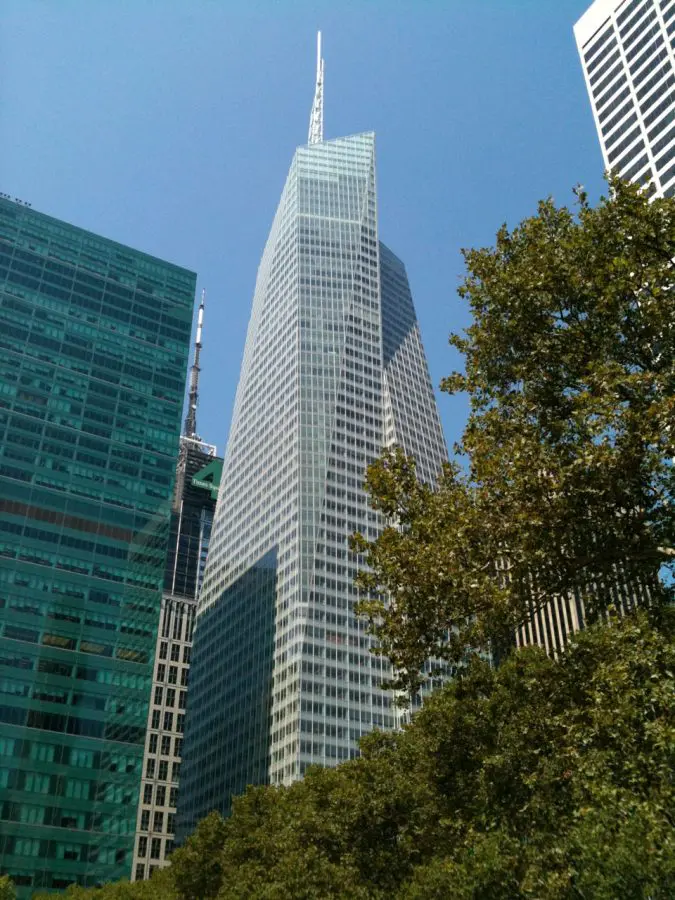
The Bank of America Tower in New York City is another excellent example of a green building.
It was the first skyscraper in the world to receive a LEED Platinum certification.
The building uses high-efficiency glazing and an under-floor air delivery system to reduce its energy use.
It also has a 4.6-megawatt cogeneration plant that provides a significant portion of the building’s electricity and helps to heat the building in the winter and provides hot water year-round.
These are just a couple of examples, but they show how green building techniques can lead to significant energy savings in real-world situations
The Future of Green Building
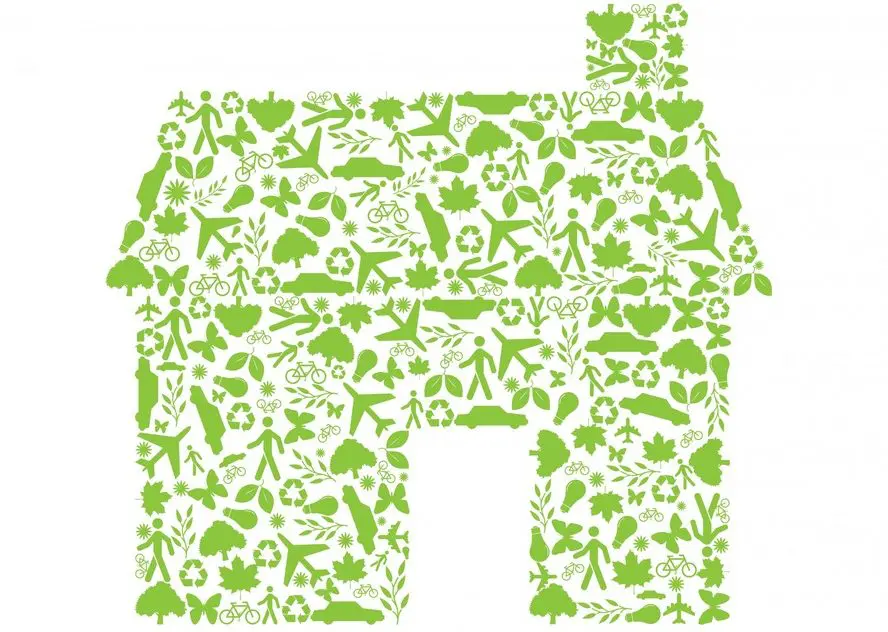
As we’ve seen, green building is not just a trend, it’s a movement that’s shaping our present. But what about the future?
What role will green building play in the years to come? Well, if current trends are anything to go by, the future of green building looks bright indeed.
From acting as a hedge against climate change to offering regulatory benefits, green building is poised to play a crucial role in our sustainable future.
So, let’s take a moment to gaze into the crystal ball and explore what the future might hold for green building.
Green Building as a Hedge Against Climate Change
Climate change is one of the most pressing issues of our time, and green building is one of the tools we have to combat it.
Buildings account for a significant portion of global greenhouse gas emissions, mainly due to their energy use.
By making buildings more energy-efficient and incorporating renewable energy, green building can help to reduce these emissions.
But it’s not just about reducing emissions. Green buildings are also designed to be resilient to the impacts of climate change.
They can handle extreme weather events better than traditional buildings, and they use natural resources more efficiently, which will be increasingly important as resources become scarcer due to climate change.
Green Building and Regulatory Benefits
Green building also offers regulatory benefits. As governments around the world become more aware of the importance of sustainability, they’re implementing regulations that encourage or require green building practices.
Buildings that meet these regulations can benefit from incentives like tax credits or expedited permitting.
Plus, they’re future-proofed against further regulations down the line.
In a world where sustainability is becoming the norm, green buildings are ahead of the curve.
They’re not just meeting the standards of today, they’re ready for the standards of tomorrow.
Green Building Economic Contribution FAQs
By now, you’re probably brimming with knowledge about the economic benefits of green building.
But, you might still have a few questions lingering in your mind. And that’s great!
Questions lead to deeper understanding. So, let’s tackle some of the most frequently asked questions about green building.
From its economic benefits to its role in job creation and occupant efficiency, we’ve got you covered.
So, let’s dive into these FAQs and quench your thirst for knowledge!
Q. What are the economic benefits of green building?
A. The economic benefits of green building are numerous.
They include energy savings, which can significantly reduce utility bills, and decreased operating costs due to efficient use of resources and reduced maintenance needs.
Green buildings also tend to have higher property values and can attract tenants and customers who value sustainability.
Additionally, they contribute to job creation and economic growth in the green building industry.
Q. How does green building contribute to job creation?
A. Green building contributes to job creation in several ways.
The design, construction, operation, and maintenance of green buildings require a wide range of professionals, including architects, engineers, construction workers, building managers, and more.
Additionally, the green building industry drives innovation, leading to new jobs in areas like renewable energy technology and sustainable materials development.
Q. How does green building enhance occupant efficiency?
A. Green buildings enhance occupant efficiency by creating healthier and more comfortable indoor environments.
They improve indoor air quality, reduce noise, increase access to natural light, and regulate temperature more effectively.
These factors can boost occupant health, well-being, and productivity.
For example, employees in green offices often report higher levels of satisfaction and productivity, and residents of green homes may experience fewer health problems.
Economic Benefits of Green Building Conclusion

We’ve covered a lot of ground in this post, haven’t we? From understanding what green building is to exploring its economic benefits and future prospects, it’s been quite a journey.
But as we draw to a close, it’s time to reflect on what we’ve learned and consider how we can apply this knowledge.
So, let’s wrap things up and take a final look at the economic benefits of green building and why it’s so crucial for our future.
Recap of the Economic Benefits of Green Building
Let’s take a moment to revisit the economic benefits of green building.
We’ve learned that green buildings are designed to be energy-efficient, which can lead to significant savings on energy bills.
They also have lower operating costs due to their efficient use of resources and reduced maintenance needs.
Green buildings can increase occupant efficiency by providing a healthier and more comfortable environment, leading to increased productivity.
Plus, the green building industry contributes to job creation and economic growth, making it a significant player in the economy.
Importance of Green Building for the Future
Looking ahead, the importance of green building cannot be overstated.
As we face the challenges of climate change and resource scarcity, green building offers a way forward.
It’s a way to reduce our environmental impact while also reaping economic benefits.
Green buildings are more than just buildings; they’re a crucial part of our sustainable future.
They represent a shift in how we think about buildings not just as structures, but as part of a larger system that includes the environment, the economy, and human health and well-being.
As we move forward, green building will continue to play a vital role in shaping a sustainable and prosperous future.

